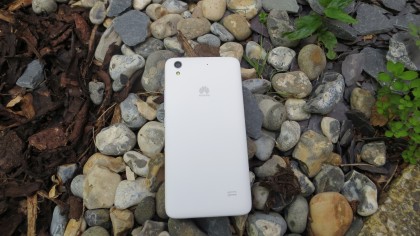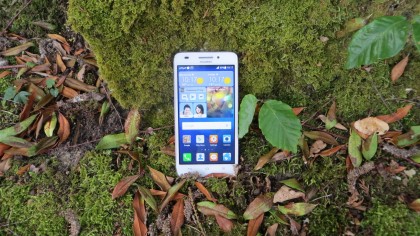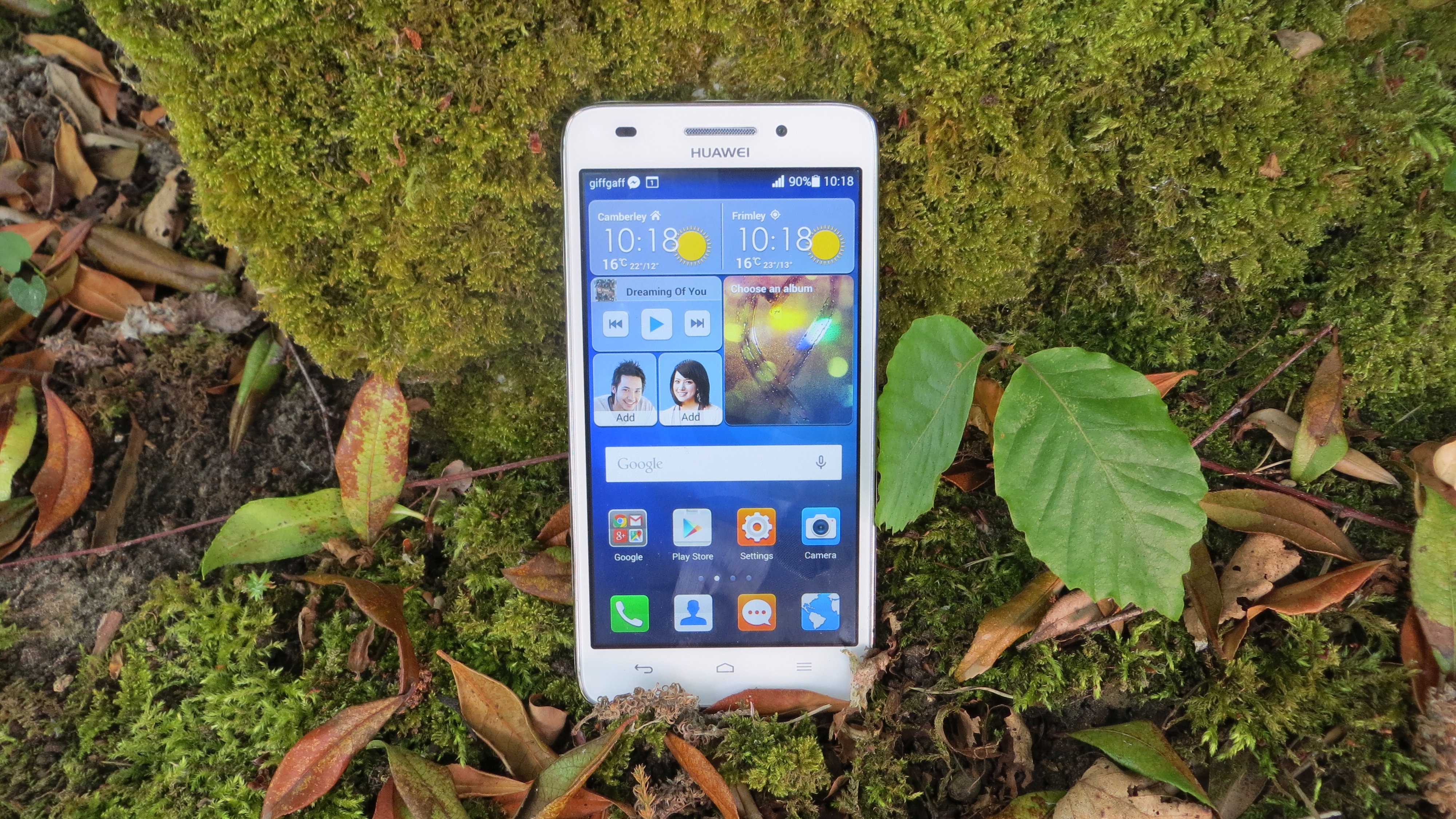Why you can trust TechRadar
The Moto G (2014) is arguably the budget phone to beat. In at least one way the Huawei Ascend G620S has beaten it, thanks to a 64-bit processor, while many of its other specs are comparable.
That bodes well for Huawei's handset, but the Ascend G620S isn't without its problems and is far from a home run.
We liked
A 5.0-inch 720p screen is quite large and acceptably sharp for a £125/$150 phone, while its 64-bit Snapdragon 410 processor led to impressive benchmarks and generally solid real world performance.

The presence of 4G is a big asset, too, and it's got decent battery life management.
Its low price ensures the Huawei Ascend G620S is affordable on almost any budget.
We disliked
The Huawei Ascend G620S's interface is stuck in the past, in that it runs Android KitKat and that the Emotion UI is childish and lacks an app drawer.
Also, while the big screen is nice, personally I'd have taken a slightly smaller, sharper one in preference.
Though there are a lot of battery life management tools, the juice pack itself could stand to be bigger.
Verdict
With its big screen, 4G support, low price and reasonably attractive design, the Huawei Ascend G620S makes a strong first impression, but it frustrates, thanks to a dated OS and interface, and a large number of underwhelming apps.

The mediocre camera, minimal built-in storage, and far from crystal-clear screen may start to get to you, too, but these are obvious and, likely, necessary cost-cutting measures.
At the end of the day, the Huawei Ascend G620S is a £125 phone and at that price it's a bit of a bargain. I'd still argue that the Moto G (2014) is a better handset overall, though, thanks largely to its superior interface and more up-to-date OS.
The Huawei Ascend G620S has such a clunky name that you'll likely forget what it's called by the time you get to your local mobile phone emporium, but if you do come home with one you probably won't be disappointed. You could certainly do a lot worse or spend a lot more money.
James is a freelance phones, tablets and wearables writer and sub-editor at TechRadar. He has a love for everything ‘smart’, from watches to lights, and can often be found arguing with AI assistants or drowning in the latest apps. James also contributes to 3G.co.uk, 4G.co.uk and 5G.co.uk and has written for T3, Digital Camera World, Clarity Media and others, with work on the web, in print and on TV.
